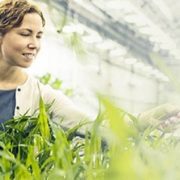
Andrea Eveland Teases Apart Gene Networks in Crop Plants
0 Comments
/
The Scientist (Feb 1 2017) profiles Andrea Eveland, Principle Investigator at the Danforth Center.
Read more here Andrea Eveland Teases Apart Gene Networks in Crop Plants
Her lab webpage https://www.danforthcenter.org/scientists-research/principal-investigators/Andrea-Eveland

American Society of Plant Biologists (ASPB) and Botanical Society of America (BSA) are recruiting 20 PlantingScience Fellows to participate in Digging Deeper Project
Digging Deeper: Developing a Model for Collaborative Teacher/Scientist Professional Development
Are you passionate about science education? Would you like to build connections with high school biology teachers and their students? Are you excited about an opportunity to share what's so exciting…

Exploring education resources focused on medicinal plants and ethnobotany
Medicinal plants, which the majority of people use to some degree for their health needs, provide a platform for engaging students in scientific inquiry. Straus & Chudler present an overview of online teaching resources focused on medicinal plants and ethnobotany. The sites highlighted provide a…
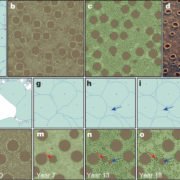
Origins of the regular vegetation patterns described as Namibian fairy circles ($)
For decades, scientists have debated the origin of the strange patterns of grass growth known as fairy circles in the Namibian desert. Photographs show a strikingly regular pattern circles of bare ground surrounded by a ring of grass. One hypothesis is that these patterns form due to the action of insects;…
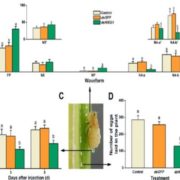
A salivary endo-β-1,4-glucanase acts as an effector that enables the brown planthopper to feed on rice
The rice brown plant hopper (BPH) Nilaparvata lugens is a damaging herbivorous insect that sucks nutrients from phloem. Previously, Ji et al. surveyed genes encoding putative secreted proteins from the BPH salivary gland and identified NlEIG1 as a putative endo-β-1,4-glucanase (cell-wall degrading…
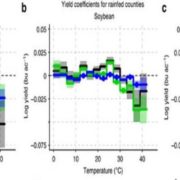
Response of US crops to elevated temperatures
Climate change could affect agricultural productivity by increasing the number of days with temperatures above 30°C that staple crops like soybean, maize and wheat will experience during a given growing season. Schauberger et al. used nine statistical models to assess future threats to US crops. They…
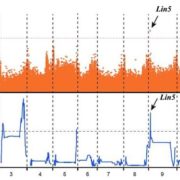
A chemical genetic roadmap to improved tomato flavor ($)
They say that “chacun à son gout” (each has his own taste), but when it comes to tomatoes there is near universal agreement that they don’t taste as good as they used to: a fact that is borne out by gas chromatography-mass spectrometry and the panel of taste-testers employed by Tieman et al. in…

ARF19 affects seed size in biofuel plant jatropha
Jatropha curcas is a perennial woody plant with high seed oil content that has potential to be used in biofuel production. However, there is limited knowledge about the biology of seed oil production in Jatropha spp. Sun. et al., used a genetic approach to identify a J. curcas QTL that controls seed…
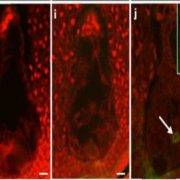
MATRILINEAL, a sperm-specific phospholipase, triggers maize haploid induction ($)
Sexual reproduction, with all that recombination and independent assortment, is an excellent way to generate genetic diversity and increase the likelihood that some progeny will survive. However, the seed industry strives to produce genetically uniform seeds. Although there are various ways to circumvent…

